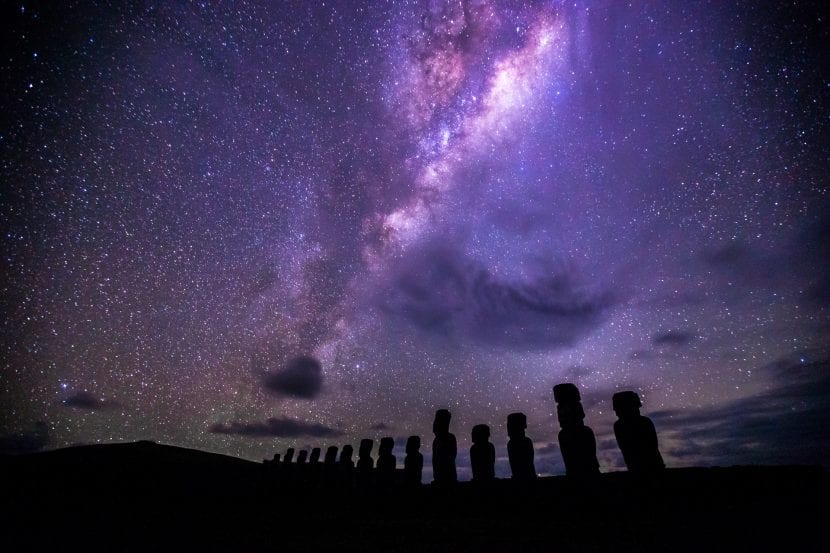
We live on a very beautiful planet, where many plant and animal species coexist that do everything possible to survive and adapt in a world where they have to face many challenges every day. But, if during the day we can see a great variety of colors and forms of life, at night the show continues, only this time the protagonist is the starry sky.
Very few times we realize it, not in vain, it is easy to forget that there are other worlds out there where, perhaps, there is life. All those millions of bright dots that we sometimes see are actually stars, planets, comets and nebulae that existed millions of years ago.
Brief history of astronomy
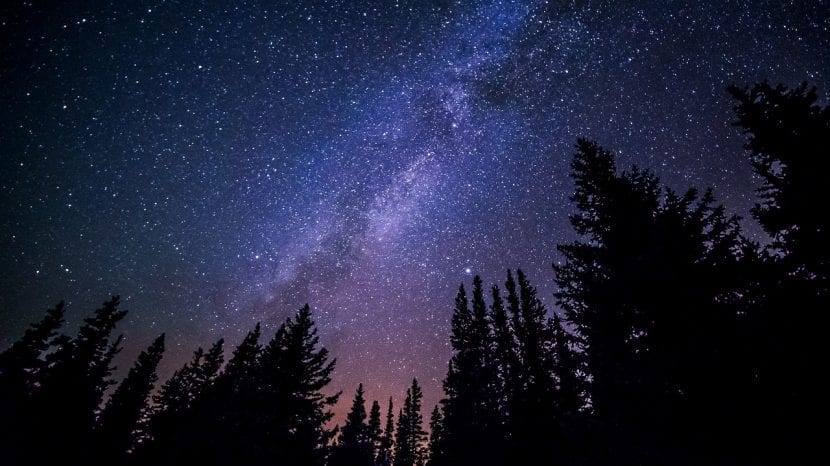
I love the night. The tranquility that is breathed is wonderful, and when the sky is clear and you can see a very small part of the universe, it is an incredible experience. Surely those feelings and those sensations that all astronomy fans or, simply, observing the sky have, were also experienced by the first astronomers.
Astronomy, by the way, is a very old science. All human civilizations that have existed and -probably- have been dedicated to observing the skies. An example is Stonehenge, a megalithic construction built around 2800 BC. C. which, if you look from its center, tells you the exact direction of sunrise on the summer solstice.
In Egypt, the builders of the pyramids of Giza, Cheops, Khafre and Menkaure (pharaohs belonging to the IV dynasty) created their works around 2570 BC. C. so that they were aligned with Orion's belt. Although at present the three stars of Orion form an angle that differs by a few degrees from that of the pyramids.
However, it was not until many years later, in May 1609, when the genius Galileo Galilei invented the telescope that would serve to study, in even more detail, objects in the sky. At that time in Holland one had already created one that allowed us to see distant objects, but thanks to Galilei's one that allowed the image to be magnified from eight to nine times, many more objects could be seen, so that everything that could be studied could be studied and analyzed. it could be seen in the sky.
Thus, little by little people were able to realize that it was the Sun and not the Earth that was at the center of our everything, which was a huge change considering that, until then, a geocentric vision had been had of the universe.
Today we have telescopes and binoculars that allow us to see further. More and more are those who are not satisfied with seeing the objects that human eyes can capture with the naked eye, but who have it easier than ever to see comets, nebulae, and even, if the weather is good, the closest galaxies. But there is a problem that did not exist before: light pollution.
What is light pollution?

Light pollution is defined as the brightness of the night sky produced by poor quality urban lighting. The lights of the street lamps, those of the vehicles, those of the buildings, etc. they are an impediment to enjoying the stars. And the situation is only getting worse as the world's population increases.
It has many consequences, including the following:
- Energy and money are wasted.
- Dazzle drivers.
- They contribute to climate change.
- They alter the cycles of various animal species, as well as plants.
- Visibility of the night sky is lost.
Are there solutions?
Of course yes. Turning on the outdoor lights for only a few hours, using energy saving light bulbs, placing the street lamps avoiding obstacles (such as tree branches), and / or using designs with screens that avoid light scattering upwards are some of the things that are they could do to reduce light pollution.
Myths about the stars
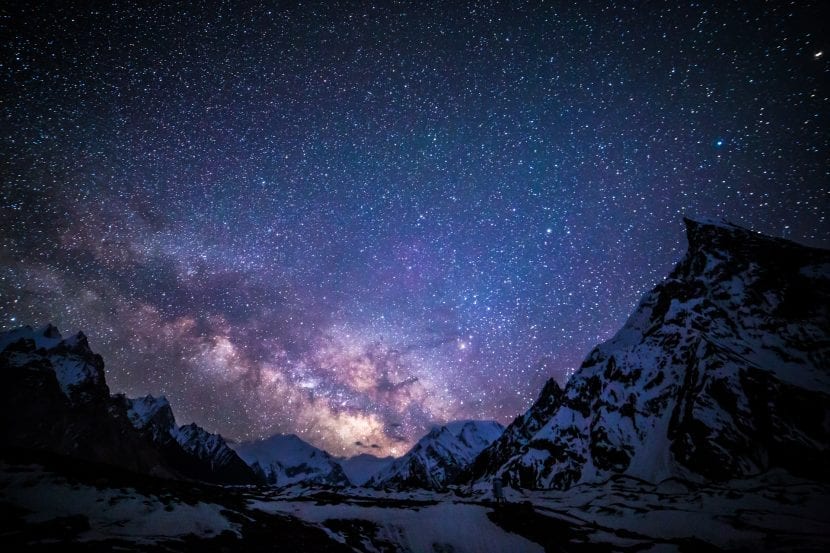
Pleiades
The stars have always been the object of beliefs with which the human being has created mythological stories. An example is the Pleiades (a word that means "doves" in Greek). In Ancient Greece The story was told that the hunter Orion fell in love with Pleione and his daughters, who tried to escape from him but only succeeded when Zeus, years later, transformed them into doves that flew into the sky to become a group of stars that we still know today as the Pleiades.
Tirawa
According to the Pawnee, an indigenous tribe of central North America, the god Tirawa sent the stars to support the sky. Some took care of the clouds, the wind and the rains, which ensured the fertility of the Earth; however, there were others who encountered a bag of deadly storms, which brought death to the planet.
Milky Way
The Mayans believed that the Milky Way was the path where souls walked to the underworld. The stories told by these people, who formed one of the most advanced civilizations of their time, are based on the relationship of the movement of the stars. For them, the vertical band of the Milky Way that can still be seen today if the sky is very clear, represented the moment of creation.
The seven Krttika
In India it is believed that the stars of the Big Dipper were the so-called Rishis: seven sages who were married to the seven Krttika sisters with whom they lived in the northern sky until Agni, the god of fire, fell in love with Krrtika sisters. To try to forget the love he felt, Agni went to the jungle where he met Svaha, the star Zeta Tauri.
Svaha fell in love with Agni, and to win him what he did was disguise himself as one of the Krrtika sisters. Agni believed that he had finally conquered the wives of the Rishis. Soon after, Svaha had a son, so rumors began to spread that six of the Rishis' wives were his mother, leading to six of the seven husbands divorcing their wives.
Arundhati was the only one who stayed with her husband called the star Alcor. The other six left and became the Pleiades.
The best places to see the stars
Faced with light pollution, the best thing to do is to get as far away from the cities as possible or, better yet, go on a trip to one of these places:
Monfragüe National Park (Cáceres)
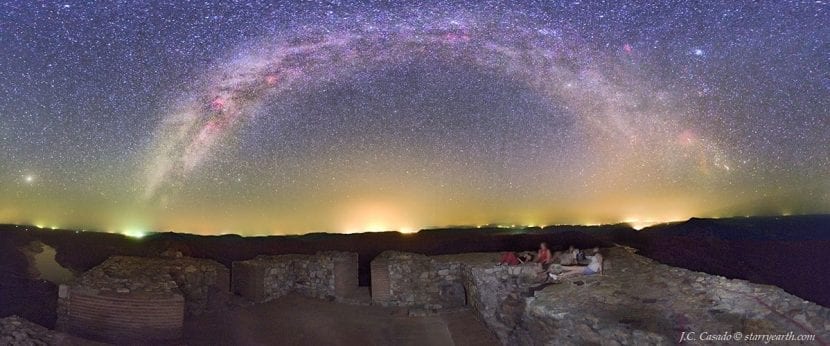
Image - Juan Carlos Casado
Mauna Kea Observatory (Hawaii)

Image - Wally Pacholka
Las Caà ± adas del Teide (Tenerife)
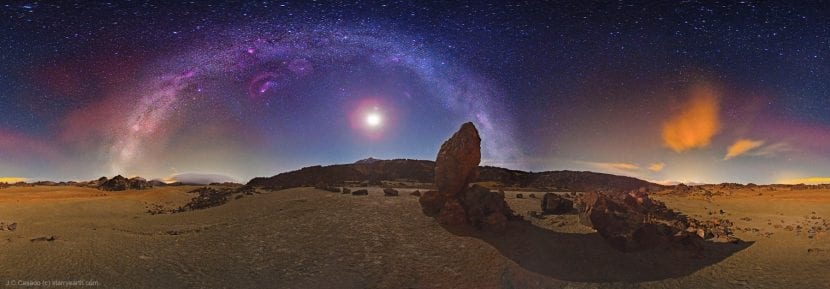
Image - Juan Carlos Casado
Sinai Desert (Egypt)

Image - Stefan Seip
But… and if I can't travel, what do I do? Well, in that case the best thing would be to buy a refracting telescope. It is very simple to use and requires little maintenance (except to keep it clean 🙂). The operation of this telescope is based on the refraction of the light emitted by it. When the light beam passes through the wood, it will alter its trajectory causing a magnified image of the object that is being observed at that moment.
The price of an initiation refractor telescope is quite interesting, and can be worth around 99 euros.
More photos of starry skies
To finish we leave you with a few photos of starry skies. Enjoy it.
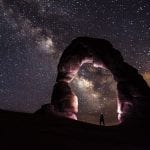





We are the only planet with our virtues (air, water, fire, earth) and… insignificant.
The beauty of Heaven is Enormous, Endless; the power of our star king throws us "sparks" of his gifts and covers us with polar auroras for his energy at the top of our magnetosphere to fill our pupils with astonishment and gives us the Ether, in the background, in addition to having superior techniques although only to be able to appreciate a little more of that Preciousness, thank God.